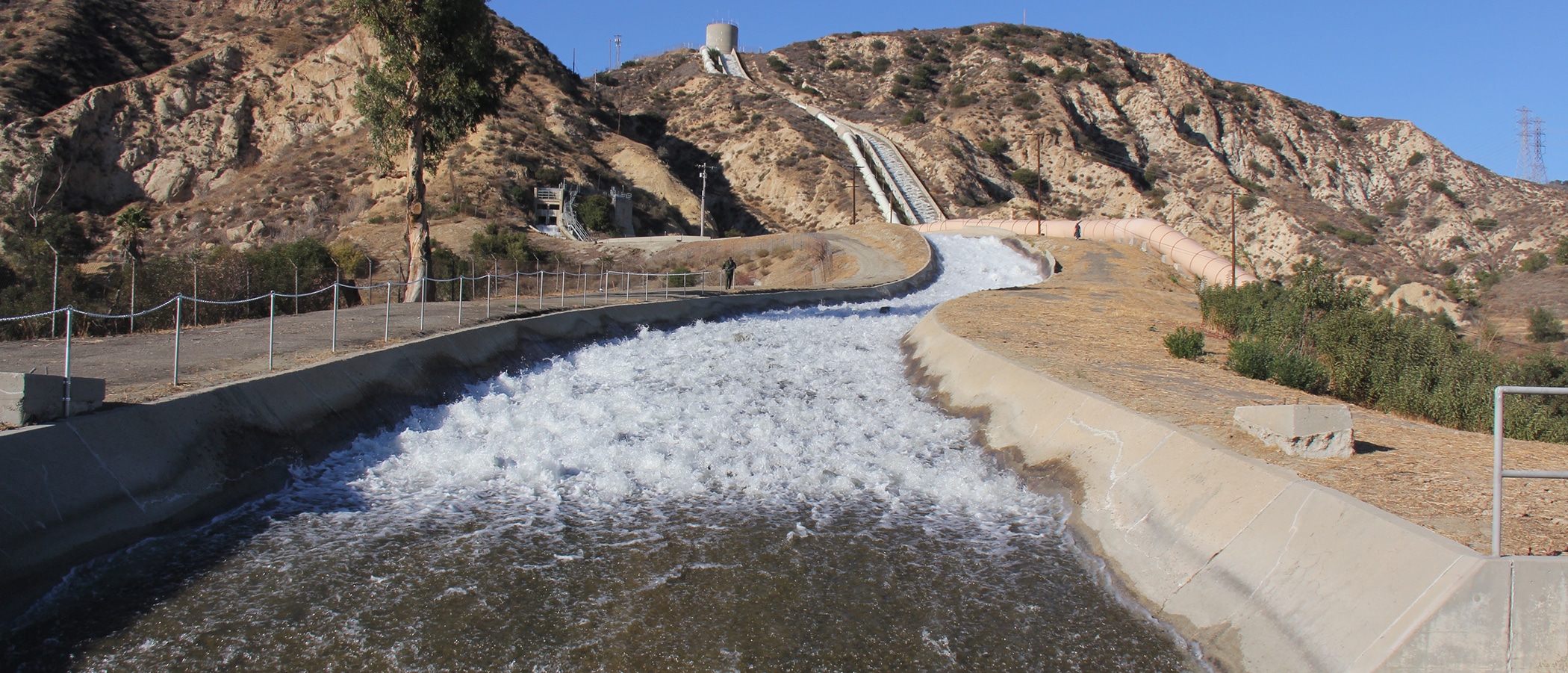
The City of Los Angeles and Mayor Eric Garcetti have bold plans to reduce LA’s carbon footprint, scale up water and energy efficiencies, grow the economy, and protect the environment. Called the Green New Deal Sustainable City pLAn, the Local Water chapter of the pLAn calls for a 50% reduction of imported water purchases, sourcing 70% of LA’s water locally, capturing 150,000 acre-feet per year of stormwater, reducing potable water use by 25%, and recycling 100% of wastewater for beneficial reuse. All these water goals have a 2035 deadline.
Planning opportunity
2021 is significant because the Los Angeles Department of Water & Power (DWP) is releasing its newest Urban Water Management Plan, which is required by California law every five years to ensure adequate water supplies for current and future needs. Water suppliers must “include a description of all water supply projects and water supply programs that may be undertaken by the urban water supplier to meet the total projected use.” The DWP Commissioners must approve the 2020 Urban Water Management Plan by this summer.
pLAn momentum
Meanwhile, the mayor’s pLAn is driving positive change. In February 2019, the mayor announced Operation Next, an initiative to recycle 100% of treated wastewater at the Hyperion Water Reclamation Plant by 2035. In July 2020, the city began installation of a pilot project to test membrane bioreactors at the plant—a first step on a multi-year path that ultimately has the potential to deliver 200,000 acre-feet of water, a meaningful amount that represents more than one-third of the city’s 2020 water demand. It’s also more than the average annual volume of water that DWP delivers via the Los Angeles Aqueduct, and over 12 times greater than the 16,000 acre-feet exported from the Mono Basin last year.
Los Angeles water mythology turned upside down
With a population larger than 23 individual US states, Los Angeles has emerged as a major leader in water efficiency. People in the city have reduced their individual water footprint by 43% over the past 50 years. Despite a population increase of 1.2 million people over those five decades, total water use has declined by 100,000 acre-feet. The landmark 1994 Mono Lake decision, Owens Lake dust mitigation, drought, and climate change have certainly influenced this change, but the city also deserves credit from within—from city leaders to Angelenos creating unprecedented change through water conservation. If the mayor’s goals are reached by 2035, and the city’s water demand holds steady or continues to fall, Los Angeles will have a very secure, flexible, and robust water supply portfolio.
Will DWP embrace the change?
How the pLAn goals translate into available water within the details of the 2020 Urban Water Management Plan will reveal the level of DWP’s commitment to the mayor’s Green New Deal. The Mono Lake Committee, stakeholders in the Eastern Sierra, community groups in Los Angeles, and ratepayer advocates will all be carefully analyzing how DWP incorporates the goals into the plan. Traditional water supply buckets (groundwater, imported State Water Project, and the Los Angeles Aqueduct) will always be important to the city, but the potential for stormwater capture, assertive conservation, 100% water recycling, and Operation Next can afford Los Angeles the choice to dedicate water to important environmental needs and reduce its reliance on imported water from all sources, including the Los Angeles Aqueduct.
This post was also published as an article in the Winter & Spring 2021 Mono Lake Newsletter (page 5). Top photo by Geoff McQuilkin.
